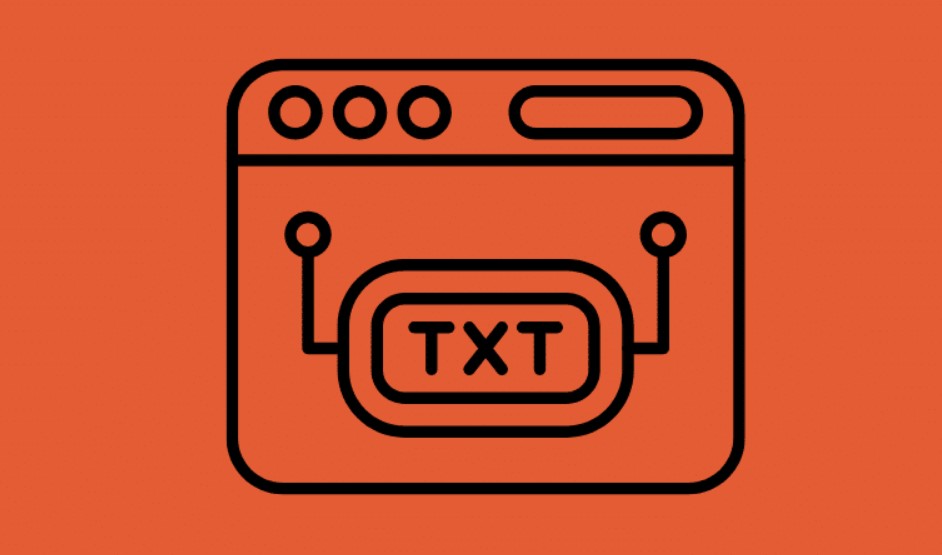Published by NewsPR Today | June 2025
The traffic chart looks like an electrocardiogram during a heart attack. Your top keywords have evaporated from page one. A Google core update has just rolled through, and your site was in its path.
The first instinct is panic. The second is to search for a quick fix. Both are wrong.
A significant traffic drop after a core update isn’t a “penalty” in the traditional sense. It’s a fundamental reassessment. Google’s algorithm has become more sophisticated at identifying quality, relevance, and user trust, and it has determined that other pages now do a better job of answering the queries you used to rank for.
Your job isn’t to find a magic bullet. It’s to become a digital detective. This post-mortem checklist is your investigative framework. It will guide you, step-by-step, through a calm, methodical diagnosis to uncover the root causes of the impact, so you can build a recovery plan based on evidence, not guesswork.
Phase 1: Triage and Evidence Gathering (Don’t Assume Anything)
Before you change a single word on your site, you need to collect the facts. Rushing into changes without proper diagnosis can make things worse.
Step 1: Confirm the Update and Its Timing
Was it really a core update? Sometimes traffic drops are due to technical issues, seasonal trends, or manual actions.
- Action: Check official sources first. The Google Search Status Dashboard is Google’s official log of confirmed updates.
- Action: Cross-reference the dates of your traffic drop with industry trackers like the Semrush Sensor or MozCast to see the level of SERP volatility. If the dates align with high volatility, it’s very likely the update was the cause.
Step 2: Pinpoint the Exact Damage
“We lost traffic” is not a diagnosis; it’s a symptom. You need to know where you were wounded.
- Action: Open Google Search Console. Navigate to Performance > Search results.
- Action: Set the date range to “Compare.” Compare the 14-28 days after the update began rolling out to the same period before the update.
- Analyze the Data:
- Pages: Which specific URLs saw the biggest drop in clicks and impressions?
- Queries: Which keywords lost the most rankings? Did you drop from position 3 to 9, or from 5 to 50? The severity matters.
- Sections: Was the impact site-wide, or was it concentrated in a specific area (e.g., the blog, product reviews, category pages)?
- Devices: Did the drop occur primarily on mobile or desktop?
This initial data gives you a map of the crime scene. You now know which pages and keywords to focus your investigation on.
Phase 2: The Diagnostic Checklist — Interrogating the Evidence
With your list of hardest-hit pages and queries, systematically work through these four critical areas. This is where you’ll find your answers.
✅ Checklist Item 1: The Helpful Content & E-E-A-T Audit
This is the most common reason for a negative impact from modern core updates. Google’s systems, especially the Helpful Content System, are designed to reward content that is truly “for people, first.”
Ask yourself the hard questions from Google’s own guidance on creating helpful content:
- First-hand Experience (The ‘E’ in E-E-A-T): Does your content demonstrate first-hand, deep experience? Or does it just summarize what others have already said? A review of a product you’ve never touched or a travel guide for a city you’ve never visited will be sniffed out.
- Purpose of the Site: Is your site’s primary purpose to be genuinely helpful, or is it to attract search traffic? Signals of a “search-first” site include writing on a wide range of topics to chase keywords and using AI to produce content at a massive scale without human review.
- User Satisfaction: After reading your content, would a user feel they’ve learned enough to achieve their goal, or would they need to go back to Google to find better information?
- Expertise, Authoritativeness, and Trust (E-A-T): Is the author a credible expert on the topic? Are there clear author bios? Do you cite reputable primary sources? Is your “About Us” page detailed and transparent? For “Your Money or Your Life” (YMYL) topics, this is paramount. As leading SEO expert Lily Ray has extensively documented, demonstrating E-E-A-T is foundational to performing well.
How to Investigate: Compare your hardest-hit pages against the new top-ranking competitors for those queries. What are they doing that you aren’t? Do they have original images? In-depth case studies? Clear author credentials? Be brutally honest.
✅ Checklist Item 2: The User Intent Mismatch Analysis
Sometimes, the problem isn’t your content’s quality, but its format. A core update can signal a shift in how Google understands the dominant user intent for a query.
- The Scenario: You have a long-form blog post ranking for “best running shoes.” After the update, the entire first page is now dominated by e-commerce category pages with product filters and comparison tools. Your content, while well-written, no longer matches the perceived intent.
How to Investigate:
- Action: In an incognito browser, Google your most valuable keywords that you lost rankings for.
- Analyze the SERP: What kind of content is ranking now?
- Is it listicles?
- Is it “how-to” guides?
- Is it product pages?
- Is it videos?
- Is it forum discussions like Reddit?
- The Diagnosis: If the format of the top-ranking pages is fundamentally different from yours, you have an intent mismatch. Your page is answering the wrong type of question, even if you have the right keywords.
✅ Checklist Item 3: The Technical & User Experience (UX) Review
A frustrating user experience is a direct signal that your site is not “people-first.” Google measures this with metrics and system evaluations.
- Core Web Vitals (CWV): While not the primary cause of huge drops, poor CWV can be a tie-breaker. A slow, unstable page is a poor experience.
- Action: Check your CWV report in Google Search Console and use PageSpeed Insights to test your key affected pages.
- Mobile Experience: How does your site work on a phone? Is navigation difficult? Is text hard to read?
- Intrusive Ads and Pop-ups: Are users immediately bombarded with ads or pop-ups that obscure the main content? This is a classic signal of a site that prioritizes monetization over user experience and is a specific negative factor noted in Google’s helpful content guidelines.
How to Investigate: Use your phone. Navigate to your hardest-hit pages and try to accomplish the goal a user would have. Is it a smooth, pleasant experience, or is it frustrating? Compare it to the new top-ranking competitors.
✅ Checklist Item 4: The Authority & Backlink Profile Audit
Core updates often involve a re-evaluation of link-based authority signals. This isn’t about a penalty for “bad links” but rather a devaluation of low-quality links that may have been propping up your site.
- The Scenario: Your site was ranking based on a large number of low-quality directory links, comment spam, or guest posts on unrelated blogs. A core update gets better at ignoring these low-value signals. Your perceived authority drops, and competitors with stronger, more topically relevant link profiles rise.
How to Investigate:
- Action: Use an SEO tool (like Ahrefs or Semrush) to analyze the backlink profiles of your pages versus the pages that outranked you.
- Look for Patterns: Do your competitors have links from highly respected, topically relevant sites in your industry? Are their links from news articles, expert roundups, and valuable resource pages? Is your profile filled with links from low-authority, unrelated sites?
- The Diagnosis: The problem isn’t a penalty; it’s that your foundation was built on sand, and the tide just went out.
Phase 3: Building Your Recovery Plan
You’ve completed your diagnosis. You should now have a prioritized list of issues. Your recovery plan is to systematically address them, starting with the most critical.
- Prioritize: Don’t try to fix everything at once. The issues identified in the Helpful Content & E-E-A-T Audit (Checklist Item 1) are almost always the highest priority.
- Act Methodically:
- If your content is thin, unhelpful, or lacks experience, you plan to improve, consolidate, or remove it.
- If you have a user intent mismatch, you plan to reformat your content or create new content that better matches the SERP.
- If your UX is poor, you plan to work with a developer to fix CWV, mobile usability, and intrusive ads.
- Be Patient: Recovery from a core update is not quick. You are fixing foundational issues. You will likely not see significant improvements until the next core update, when Google’s systems re-evaluate your site and recognize the positive changes.
This process transforms you from a victim of the algorithm into a proactive site owner. By understanding exactly why your site was hit, you can do more than just recover—you can build a stronger, more resilient digital asset that is far more likely to be rewarded by future updates.




